Miaoli about an hour and half from Taipei by train, and generally speaking, not much there holds interest for a foreign tourist. I didn’t really go there for the sights today though, as I was there to see Aaron Fisher, most recently of the magazine Art of Tea fame, as he’s the Editor in Chief of that publication.
After picking me up from the train station, we went to his place and quickly got down to business… tea drinking.
We first started out with a Taiwanese oolong he picked up recently, I believe, from Lugu Village in Nantou County, which is a major center of tea production in Nantou. The tea, he says, is organic, etc, and he used his silver teapot to make it. It’s an interesting thing, because I think the silver teapot does achieve a certain concentration of flavour that you otherwise won’t get, although since I haven’t tried the tea any other way, it’s hard to tell if it’s a function of the pot or if it’s just the tea. The tea is very good though, sweet, clear, smooth, a touch grassy, very good qi, and overall very pleasant without the sort of overbearing aroma that I dislike in some Taiwanese oolong. It’s I think reasonably oxidized but not roasted. If I can get a hold of this, or similar tea, I wouldn’t mind getting some.
We then moved on to an aged oolong, a 60s Gaoshan Oolong, if I remembered correctly. Now, he whipped out his silver kettle, a gorgeous little thing, somewhat similar to the one I saw a few weeks ago, but with a smoother surface and a more refined look. I tried a cup of water from the silver kettle (before the water boiled) and it tasted sweet. Then, without thinking about the experimental implications of it, tried a cup of the same water without going through the silver kettle. Not so sweet. Very interesting. Various vessels do change the way a water/tea taste. I do wonder how reproducible this is, but I think it should be fairly reproducible. Then, it’s a matter of whether or not such things are worth the price of admission… and that I suppose depends on your personal preferences, priorities, etc
I’ll buy a silver kettle before I buy a big screen TV though.
Anyway, the aged oolong. As I’ve said somewhere before, I think all aged oolongs tend to converge in taste so long as it’s been stored properly and of reasonable quality. This one is the same — a very pleasant aged oolong taste, no roughness or harshness remaining at all, with that “old” taste that is so characteristic of a tea of this type. I am a big fan of aged oolongs, and I think anybody who hasn’t tried one should definitely try to get their hands on some of this stuff. It’s I think less of an acquired taste than puerh, and it is also usually without all the potential health worries that some people have with puerh, primarily because if an aged oolongs has any mould growing on it… it’s no longer good. Too bad such things are rarely available outside Taiwan, and if they are, they’re too pricey.
We took a short break, and then went back at it. This time it’s a dry stored puerh from the early 70s. I believe the dry storage claim, because though the tea is a reddish black, the leaves are very clean, it doesn’t smell of musty books, and it is very light, meaning it has lost almost all water content. The tea brews a clear ruby liquor, round, smooth, one might say fruity. Oddly enough, the brewed leaves are rather dark, but then, lighting was not bright in the room so it’s difficult to tell for sure what it is like, but whatever, it doesn’t really matter. One need not pursue such things too much as long as the tea is good in the cup. This tea lasted, basically, the rest of the afternoon.
Of course, during all this time we’re not just talking about tea, or teaware. Conversation wandered, and tea was just, in some ways, serving as a lubricant for conversation. Tea is fun, but it’s only part of the fun.
We went to one of the teashops in town that also sort of doubles as a vegetarian restaurant, and then ended up having a little more tea there — this time an 80s tuo, wet stored, but quite decent. It lasted many infusions, and is reasonably priced. Not dirt cheap, mind you, but perhaps worth considering. I’ll have to do some more thinking in that regard.
As if all that was not enough, my host sent me away with many bags of teas to try and experiment with, including some truly interesting pieces of tea (or bits, or balls….), as well as all three issues of the magazine in print and a cup that he designed. I felt ashamed that I didn’t have much of anything to reciprocate, the bad Asian that I am. I’ll most likely talk about all of these things in the not too distant future in detail, as I drink/use/play with them. For now, though, I must thank my host of the day for his hospitality, and I’m quite sure I will bother him again before I leave Taiwan.

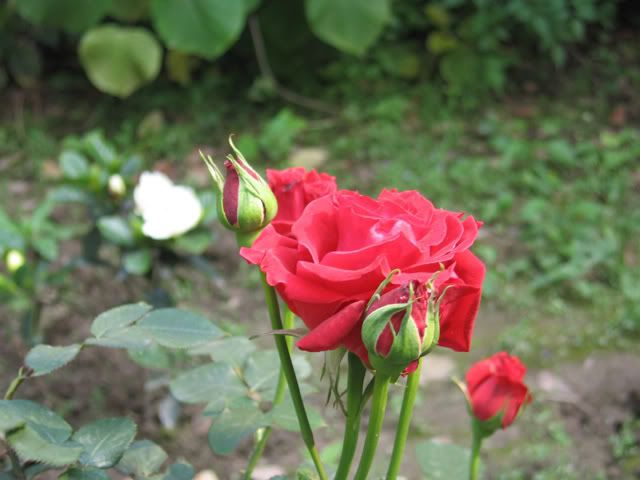
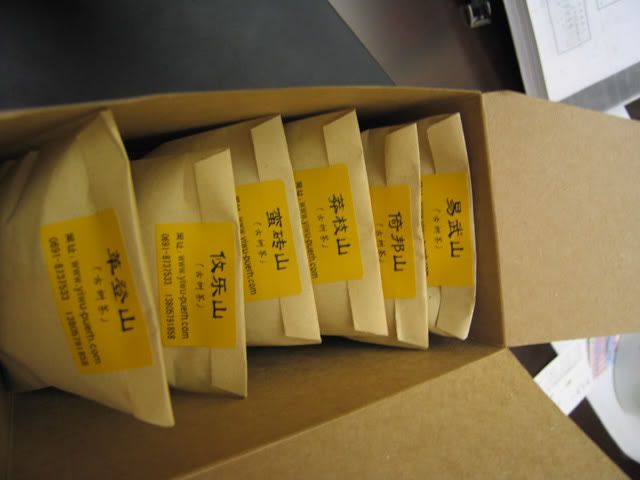
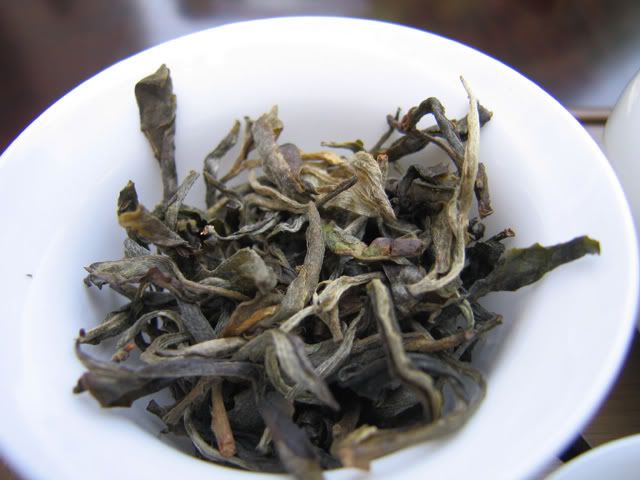
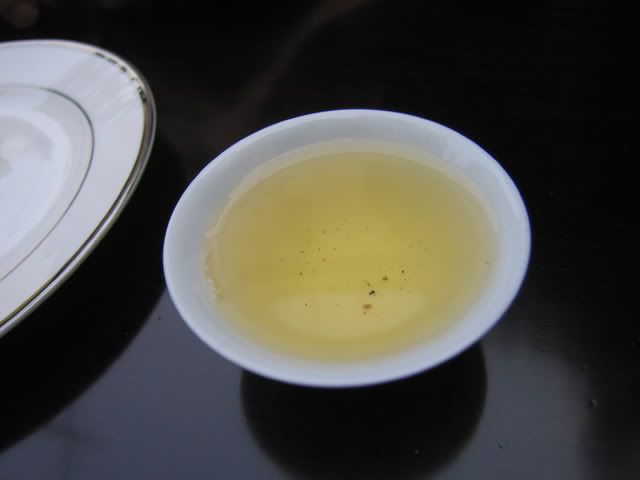
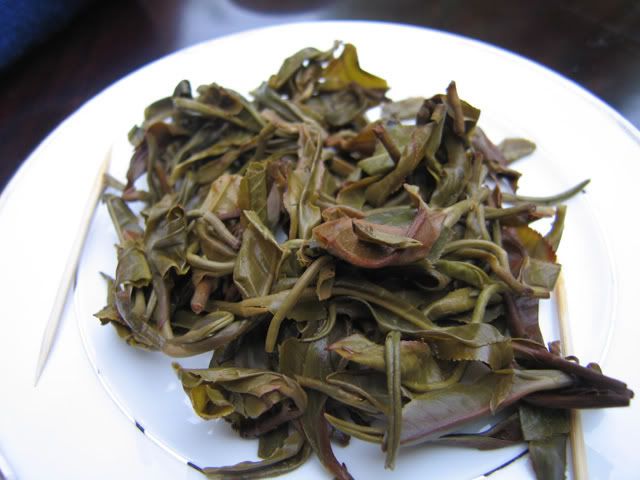


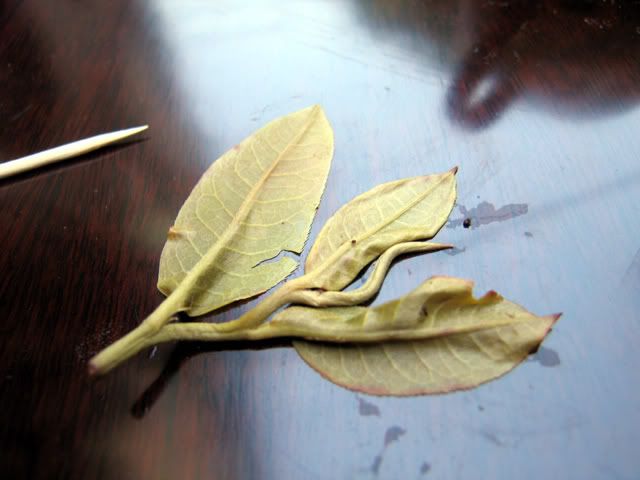
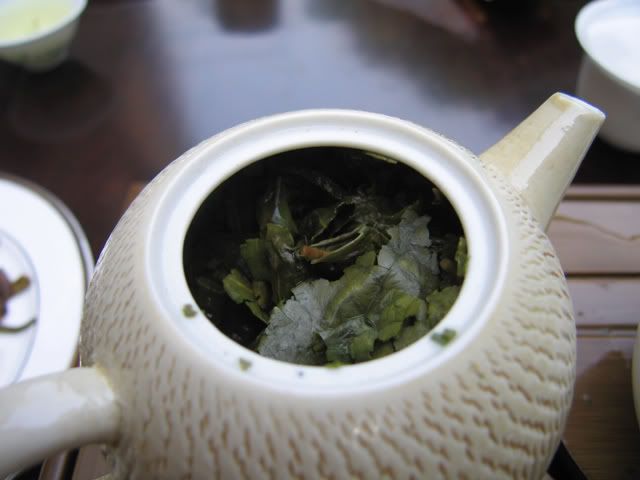
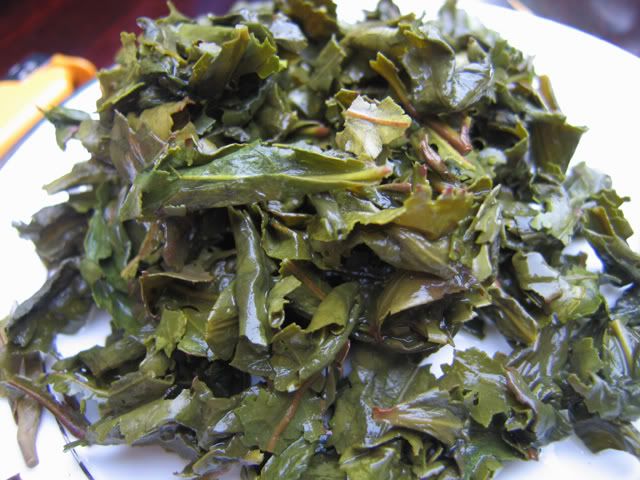
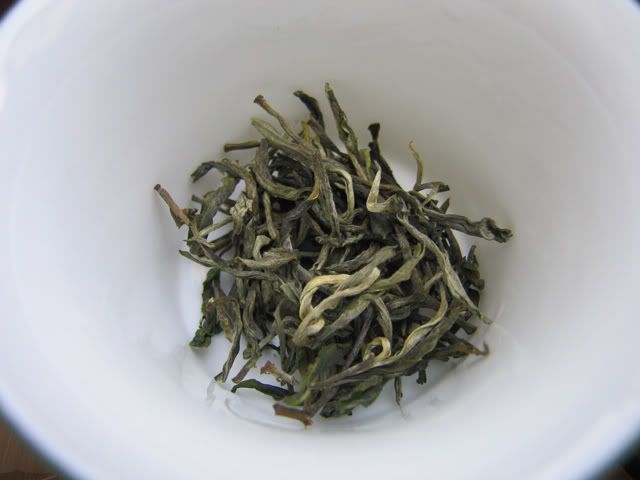
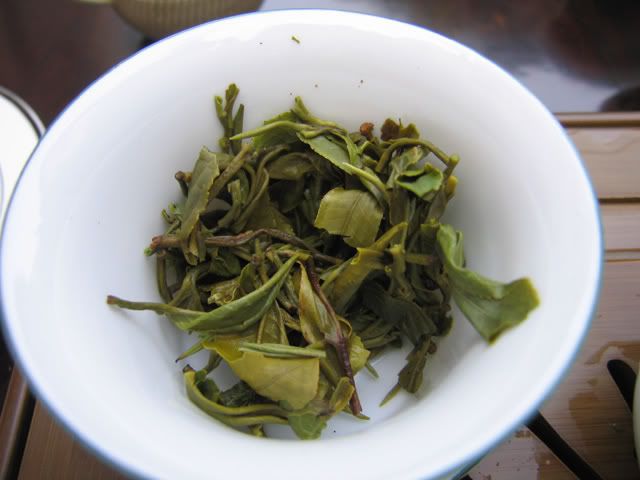
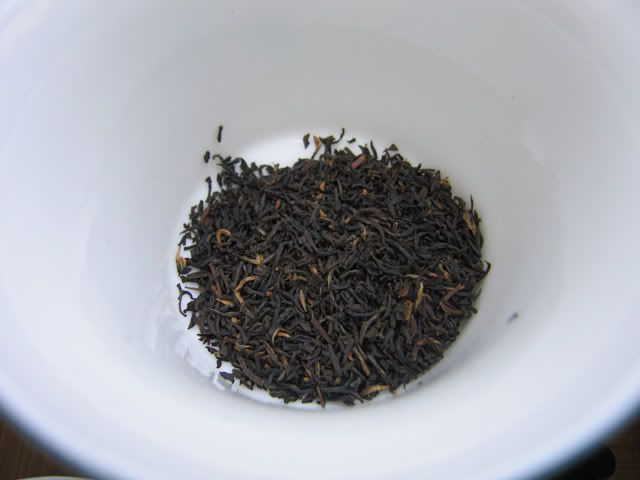
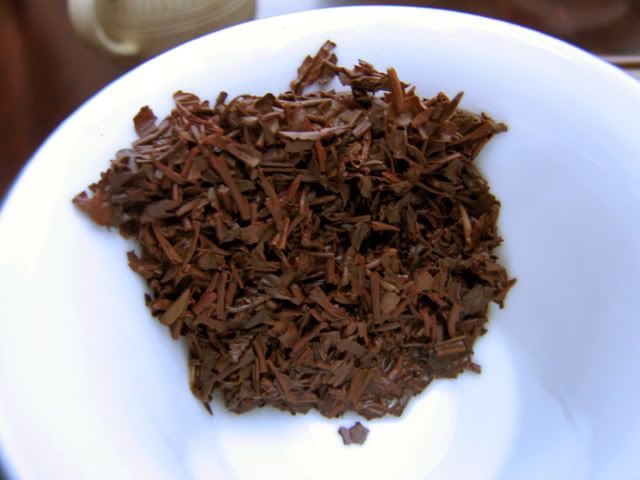
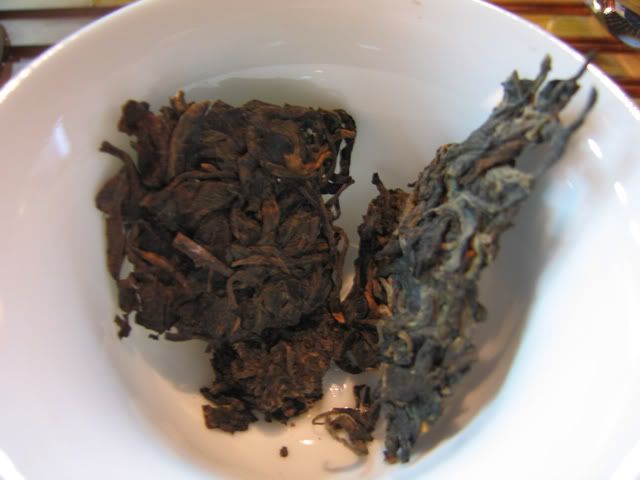
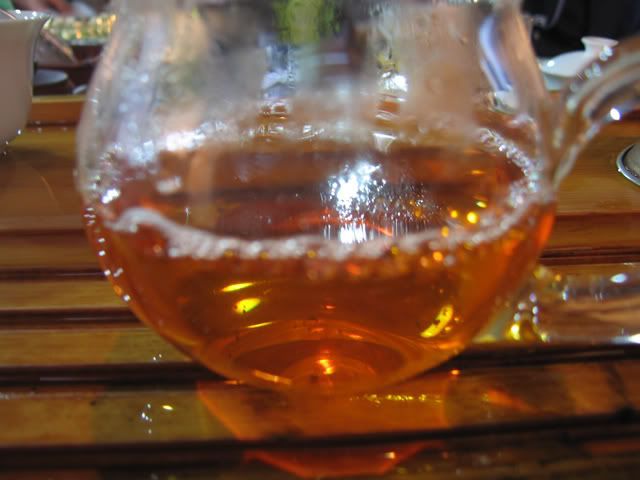
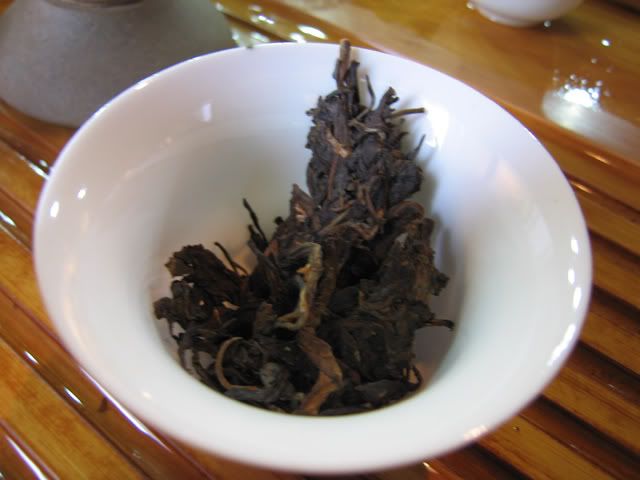
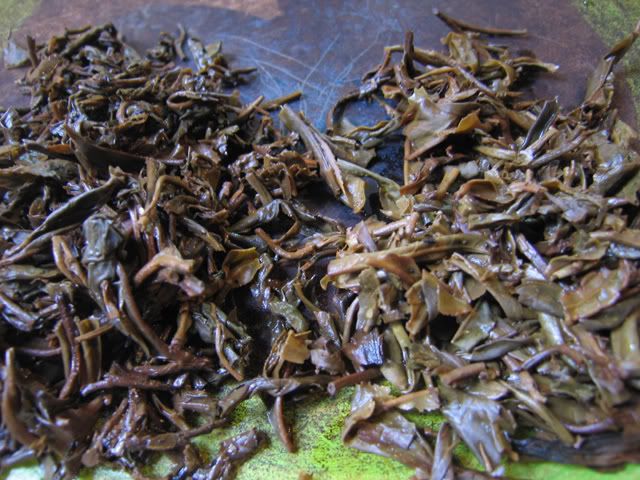



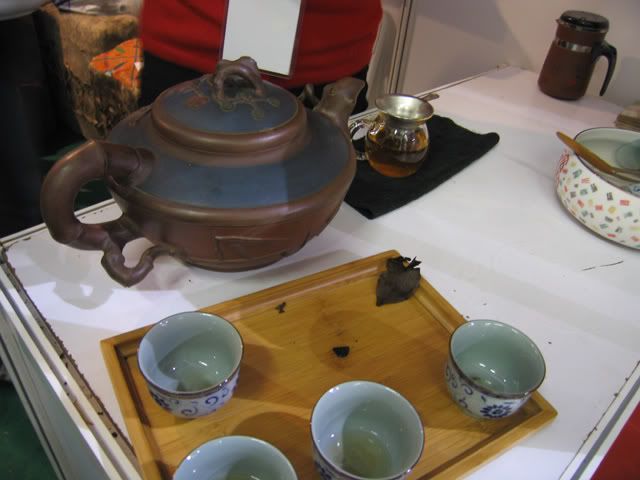
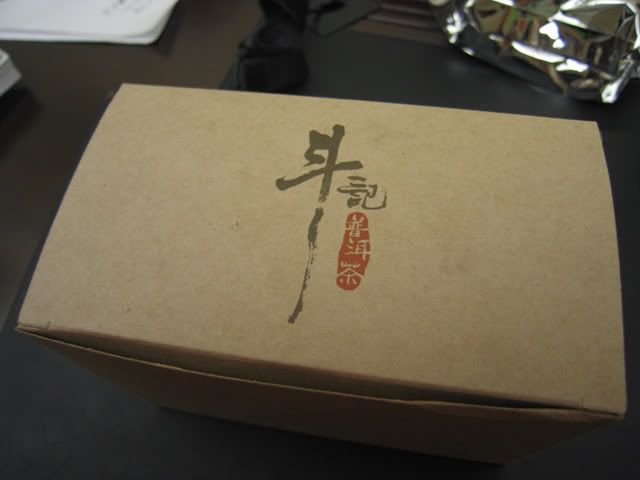

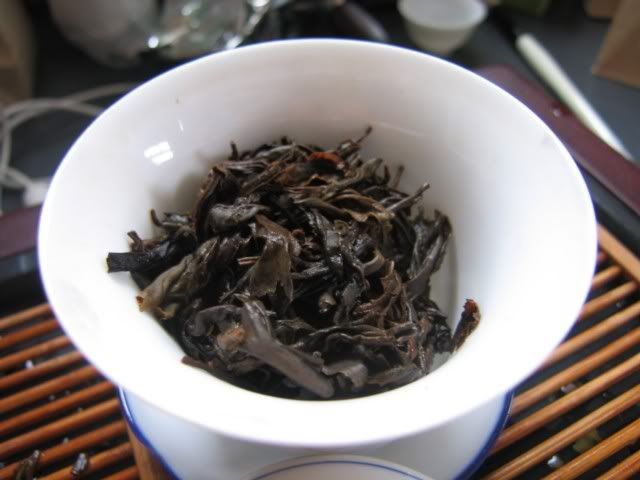
 RSS - Posts
RSS - Posts
Interesting.... would 250C in my oven work?